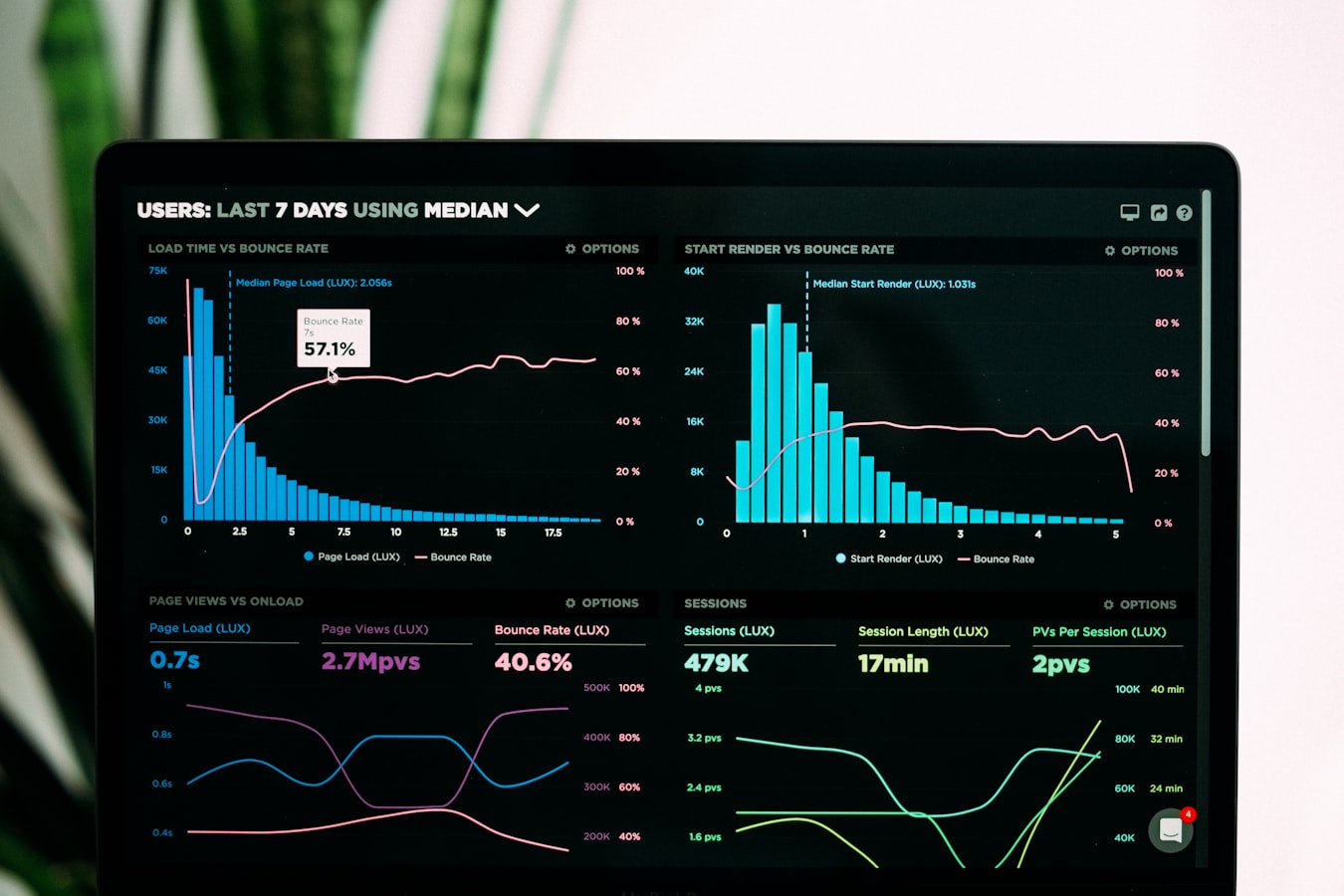How is remote UX/UI design evolving, and what trends should designers embrace to stay ahead? As digital workspaces expand and collaboration tools advance, the landscape of user experience and interface design is undergoing a transformative shift. Whether you’re a seasoned professional or just starting, understanding these emerging trends is crucial for success in a distributed work environment.
📚 Table of Contents
The Rise of Async Collaboration
Remote UX/UI design teams are increasingly adopting asynchronous workflows to bridge time zones and enhance productivity. Tools like Figma, Miro, and Notion allow designers to collaborate without real-time meetings, fostering deeper creativity and flexibility. This trend is reshaping how feedback loops and iterations are managed in distributed teams.
AI-Powered Design Tools
Artificial intelligence is revolutionizing remote UX/UI design by automating repetitive tasks and generating data-driven insights. From AI-powered prototyping to automated accessibility checks, these tools help designers focus on innovation while reducing manual workloads. Expect AI to play an even bigger role in personalizing user experiences at scale.
Inclusive Design in a Remote World
With teams spread across locations, designing for accessibility and inclusivity has never been more critical. Remote UX/UI designers must prioritize diverse user needs, ensuring interfaces are usable for people with disabilities, varying bandwidths, and cultural differences. Tools like screen readers and contrast checkers are becoming standard in remote design workflows.
Why Micro-Interactions Matter More
In remote settings, subtle animations and micro-interactions help bridge the gap between physical and digital experiences. These small design elements—like button hovers or loading animations—enhance usability and emotional engagement, making interfaces feel more intuitive and human-centered, even from afar.
Conclusion
The future of remote UX/UI design is dynamic, driven by collaboration tools, AI advancements, and a stronger focus on inclusivity. By staying attuned to these trends, designers can create seamless, engaging experiences—no matter where they or their users are located.


Leave a Reply